Below you can find a list of commonly asked questions and their answers.
One of the most common questions regarding water is about a change in water pressure to the house. Low water pressure to the home can be caused by many things: Mineral deposit build-up can reduce the flow in domestic pipes and faucet aerators may become plugged if not regularly cleaned and maintained.
Another common cause of water pressure concerns can be related to the setting of a water pressure regulator valve (PRV). A PRV factory setting is 50 PSI. A previous homeowner may have adjusted the PRV setting to limit the pressure of water delivered from the municipal supply line. A failing PRV can cause low or high water pressure. It is important to understand that a PRV is a mechanical device that can fail over time or on occasion be defective directly from the manufacturer. A properly installed PRV ensures the pressure coming from the municipal supply line is reduced to an acceptable pressure.
Oxygen in the water! Sometimes water fresh from the tap appears cloudy. Within a minute or two, the cloudiness rises toward the top of a glass and before long the whole glass is crystal clear. This is caused by excess oxygen escaping from the water. Changes in water temperature and pressure can cause the dissolved oxygen to reach a supersaturated state where more oxygen is in the water than it can hold.
When water passes through a faucet, the disturbance is enough to release the excess oxygen out of the water, forming microscopic bubbles. The bubbles are so tiny that it takes them a long time to rise through the water. No harm will come from using oxygenated water, and you need not take any corrective action if you experience it.

The City’s water is considered moderately hard, averaging 75 to 130 ppm, which equals 4.3 to 7.6 grains per gallon. This information can be useful for setting your water softener.
Indoors, the most common water leak is a running toilet. Fully running toilets can consume 2 gallons of water per minute. If a toilet were to run at this rate for a full month, (86,000 gallons) of water could go straight down the drain. Check all faucets above and below sinks for drips.
Outdoors, check your irrigation system timer, sprinkler heads, drip lines and hoses for cracks, damage or missing parts. If you have auto-filling water features such as fountains or ponds, be sure they are not over filling.
It is typically installed in a separate box or PVC tube on the property side of the meter. The valve on the property side of the water meter is to be operated by the homeowner, tenant, or plumber to conduct any necessary isolations or repairs.
A customer shut off valve controls water from the water meter to the yard line supplying the building. This valve will shut off all water to the property and is your quickest option to turn your water off. The valve inside the box with the water meter is City property and is to be operated by authorized City of Prescott personnel.

Not finding what you're looking for or have questions? We are happy to help, please reach out.

Citizens often have questions regarding City procedures. If you have a question or comment regarding City services, policies, or procedures, or would like to request a meeting with a City representative, please complete the Citizen Inquiry Form.